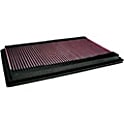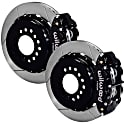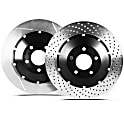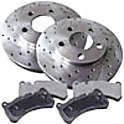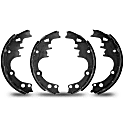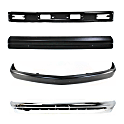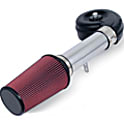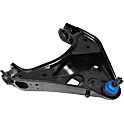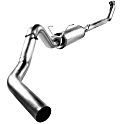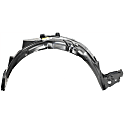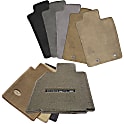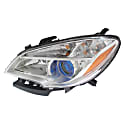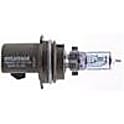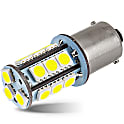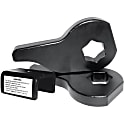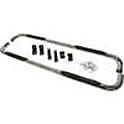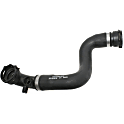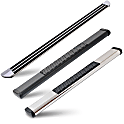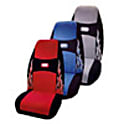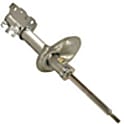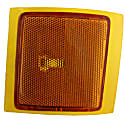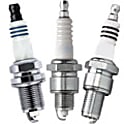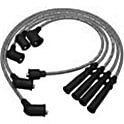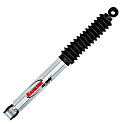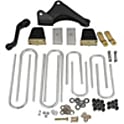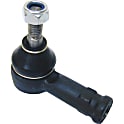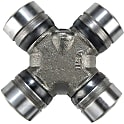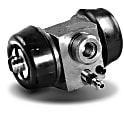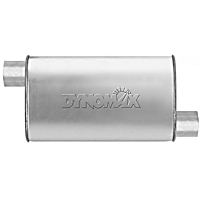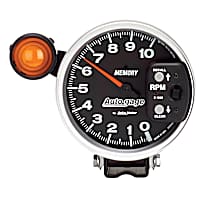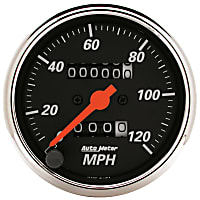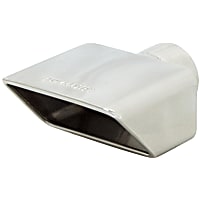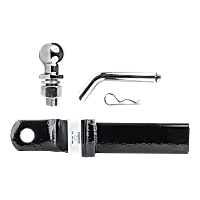{
"lazyNodes": false,
"abFitnotesFlag": false,
"abCrawlReviews": false,
"productOptionsCookie": false,
"orderDelayFlag": false,
"skipSessionCookie": false,
"covidMessage": false,
"fullTitleCookie": false,
"nrLoggerCookie": false,
"checkoutReviewCookie": false,
"productOptionSeqCookie": false,
"maintenanceFlag": false,
"bufferETACookie": false,
"multiShippingDiscountFlag": false,
"newFitmentFlag": false,
"surveyOptInFlag": false,
"crossSellFlag": false,
"skuMappingFlag": false,
"paySplitCookie": false,
"callDisableFlag": false,
"zipPaymentFlag": "u",
"hassleFreeReturn": false,
"lifetimeReplacement": false,
"cpn_off": false
}
Jeep Gladiator Parts & Accessories
Find the right parts fasterSelect Your Vehicle Part
Top Rated Products
Popular Products
Product Questions & Answers
Shopping for Jeep Gladiator Parts
Jeeps have been around since the 1940s and have long been regarded as tough and durable vehicles for day-to-day use. Whether it's for city driving and your daily commute to work or for hauling heavy cargo and a weekend off-road adventure, Jeep 4x4s are up to the task. Originally used as the military's all-purpose transport of choice, the brand has been bought back and forth by different companies until it finally settled with the Chrysler Group today. But one thing that has remained unchanged is how they create their vehicles, and you can clearly see this in the Jeep Gladiator throughout its 20 year run.
The Jeep Gladiator or Jeep Pickup is a full size truck that was built from 1962 up to 1988 under different companies. The Jeep brand was sold from company to company beginning with the original owner, Willys Motors, until it ended up with the Chrysler Group in 1987. Throughout its run, the Gladiator had very few mechanical changes proving that it was built on a very solid and reliable platform. It stuck to its 2-door pickup body style and four-wheel drive layout and had very minor exterior cosmetic changes. Even more impressive was that the Gladiator was even used as a military transport vehicle in some countries and was even used extensively by the United States at one point.
Jeep Gladiator parts varied throughout its long production run, so it's important that owners stick to aftermarket parts and accessories that are made specifically for their vehicle to ensure compatibility and ease of installation. For the engine alone, the Jeep Gladiator had seven different variations ranging from a 3.8-liter Tornado l6 up to a beefy 6.6-liter V8. Today, Jeep's lineup is focused heavily on creating luxury SUVs, but you can still see the design influence that older models like the Gladiator have on them.

